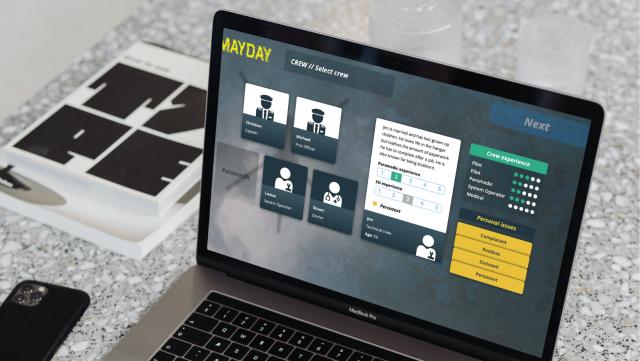
8 Steps to Turning Your Trainer into a Facilitator
No one becomes a master facilitator overnight. But like any other skill, facilitation can be trained, improved, and refined. Here are 8 steps to live by if you wish to advance from trainer to facilitator.
Every time someone says that training occurs “annually”, “biannually” or “every two years”, it often generates loud sighs, crossed arms, and poor excuses.
Usually, these reactions stem from the feeling that training is a tedious affair – and a tick in the box required by the authorities. But what if training could become more interactive and engaging – and led by a facilitator rather than a trainer?
In this article, you will be introduced to 8 steps you can take to enhance your facilitation skills and qualities.
1. Acquire knowledge and expertise: It is vital to gain a deep understanding of the subject or theme in which you are a trainer. This enables you to effectively guide discussions and confidently answer questions from your students.
2. Become an active listener: Always listen twice as much as you speak. When you train your skills in active listening, you will be able to pay attention to the perspectives, concerns, and ideas of the students. It is important to display an open and empathetic mind. This contributes to creating a supportive environment which facilitates open communication.
3. Enhance your communication skills: To become a great facilitator, you must develop strong verbal and nonverbal communication skills. As a trainer, you must always provide instructions and explain concepts in a clear, concise, and articulate manner. It is crucial to create an inclusive atmosphere where everyone feels comfortable participating and expressing their opinions and ideas.
4. Reflect a neutral and objective mindset: A facilitator must always remain neutral and objective. Therefore, you should always avoid personal biases and treat all participants equally. This ensures that everyone has an equal opportunity to contribute to the training.
5. Understand group dynamics: Every group behaves differently, and this reflects in the discussions. Consider yourself a mediator who must manage conflicts, encourage collaboration, and build common grounds. Your foremost job is to create a safe space where your students feel respected and welcome.
6. Grow an internal stopwatch: It is important that you plan and allocate appropriate time for different activities during the training. You must manage the time efficiently and make sure that discussions and exercises do not spin out of control. Once again, make sure that everyone can contribute with their opinions and ideas.
7. Become a master problem-solver and killer decision-maker: The student follows the master. Therefore, you must reflect the skills which you teach. Facilitators often encounter challenges or obstacles during the training. Your job is to encourage the group to find solutions – perhaps after you have addressed underlying issues.
8. Practice makes perfect: Facilitation is an ongoing process. This means that you can always improve your performance. Seek feedback from the participants after each training session – and learn from your experiences. Allow yourself to become better by attending workshops, courses, or conferences which address new facilitation techniques or practices.
Facilitation Is a Skill to Be Trained
“So if I follow these 8 steps, I will become a master facilitator?”
Well, we would love to answer ‘YES’ to that question. The truth, however, is that facilitators must commit themselves to continuous learning and improvement. Skills in facilitation can always be enhanced, developed, and refined.
The real question is: When are you ready to advance from trainer to facilitator?







